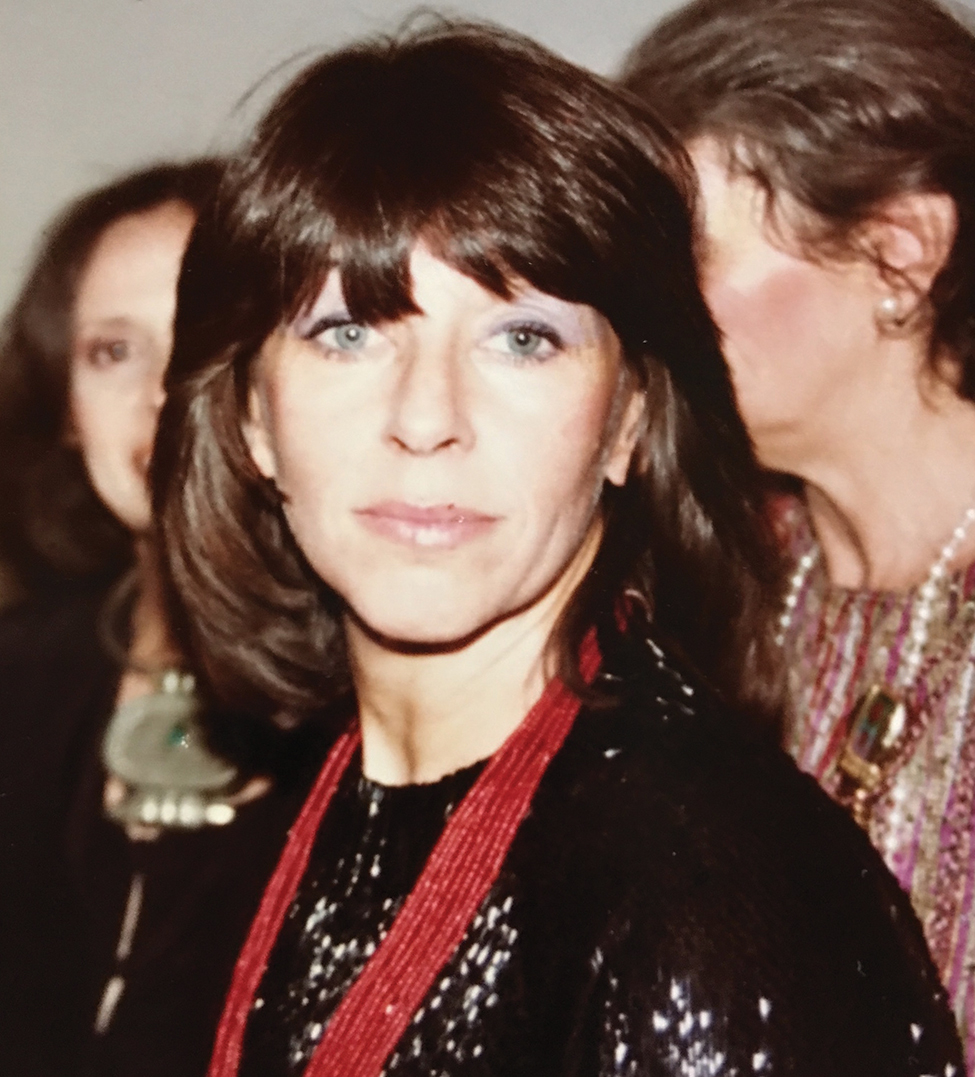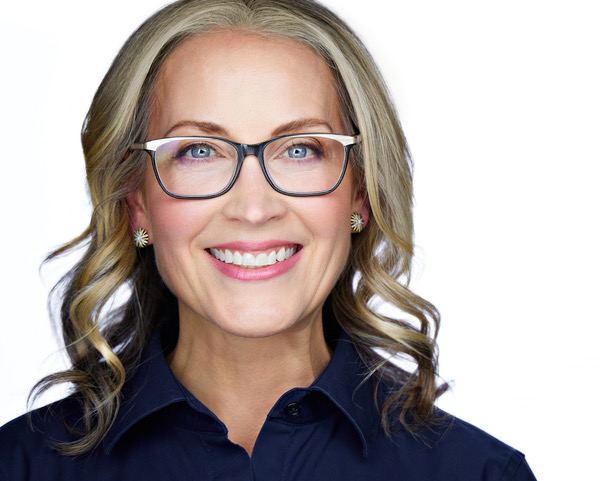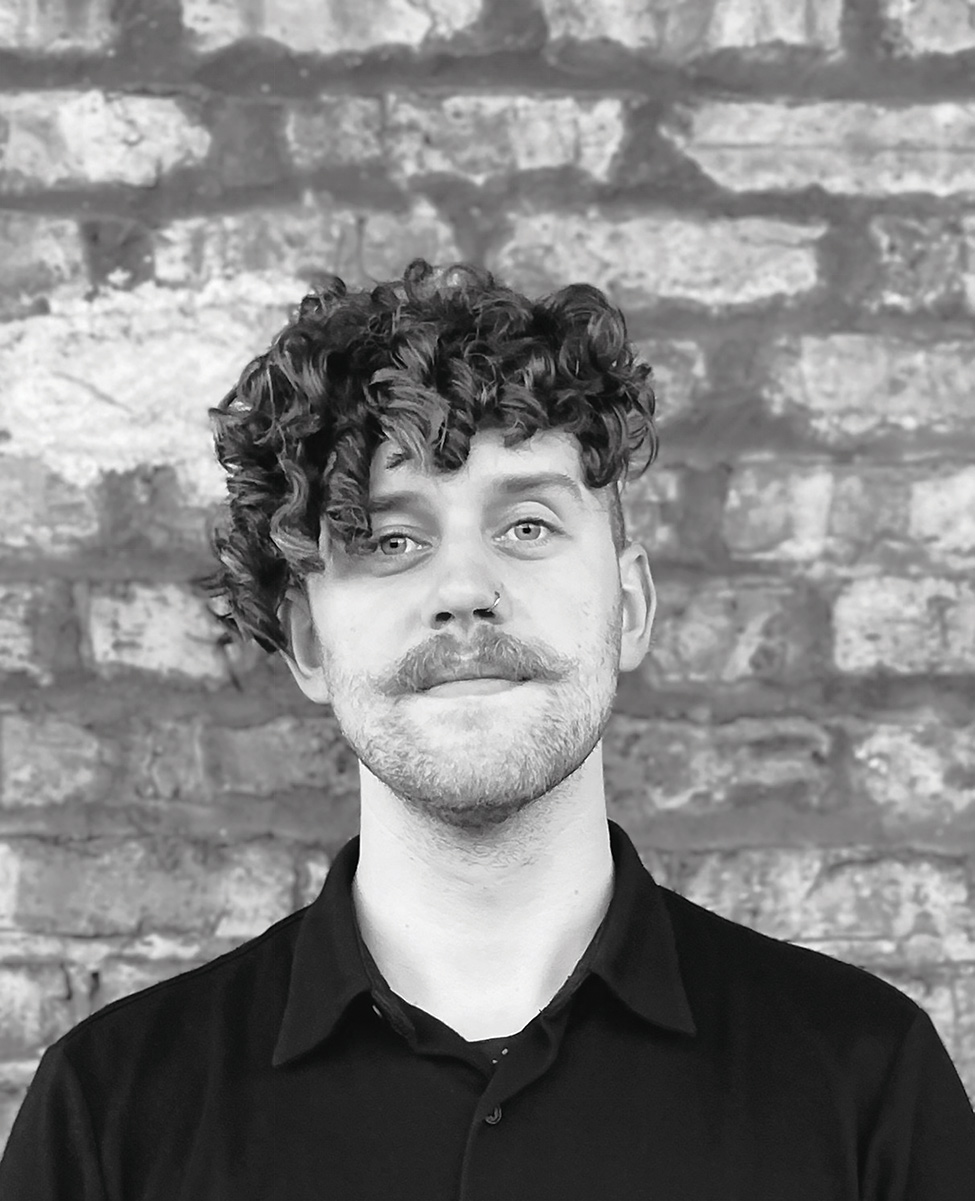EXPO Chicago: Five Years and Counting

By GINNY VAN ALYEA
EXPO CHICAGO may seem like a fixture on the art world calendar now, but a few short years ago there was a serious possibility that the city who led the art fair craze from the beginning in the ‘80s would be left without an international contemporary fair of its own. We spoke with Tony Karman, President, Director of EXPO, about the fifth edition of EXPO Chicago and the rapid changes that have been a part of the evolving show as well as the surrounding art community.

CGN: You’ve made it to five. Tell me where you were back in 2012 and where you are now in 2016.
Tony Karman: I have been saying that it feels like we are going to Kindergarten but we are actually quite mature. Five years is an incredible milestone. I didn’t have any great foresight to understand where I hoped to be, but I’m awfully proud of where we are. I think that from the beginning, in 2012, we made a huge mark, and we’ve built upon that mark, not only being true to the tradition of a great art fair in Chicago, but more important, making sure that this was, and is, and will be, a great international art fair that has programming of merit, has galleries of merit, and represents an incredible list of artists. We move to the fifth year with great optimism.

CGN: You’ve managed not only to survive, but to build.
TK: That’s what I’m most proud of. From the beginning we’ve had an extraordinary list of dealers. Maintaining this in a world of too many art fairs, despite great swings in the economy, there’s no question that we’ve continued to not only provide a great international fair but grow with a list of powerful international art dealers. That is a testament to our city, our curators, our institutions, our collectors, our galleries – to our artists. In 2012 there wasn’t the IN/SITU program or /Dialogues series; there wasn’t THE SEEN. All those elements are maturing to be of service to the fair, as well as, hopefully, the whole ecosystem of the Chicago arts community. I don’t think that there’s any laurel to rest on. We’re only as good as our last fair, and all of us here feel that urgency to continue to push and create new programming. It’s all built on the dealers’ backs, they’re the ones taking the greater risk here.
CGN: Did people sign on at the start, figuring it was a gamble? Now, five years in, maybe they think, “This is a fair that I need to be a part of.”
TK: I think you just hit it. We are at that place. Year one – there was no question that we came out of the box with an extraordinary list of dealers. I wouldn’t say they necessarily sold that much, but they believed in the city, they believed in the mission of the fair, and they believed in the intent enough to want to come back to a year two. In year two they actually sold. Then the machine starts to work in everyone’s favor because collectors hear, “Something’s happening in Chicago again. We gotta go next year.” By year three you had even more people wanting to attend and support, and more sales taking place. In year four I think the programming and the cumulative good word meant that they did well.

CGN: Did some people count you out before you got started?
TK: No question. I will say healthy skepticism was there, but not enough to deter the great dealers to attend, but the cultural and civic leaders in Chicago to jump in and support us. I think that’s a testament to our city. I’ve said this often, because it’s critical: I don’t know of any city in the world that would have rallied in that way and in that first year, I would say that we maybe had 95% or 98% of everyone’s support, with that other 2% going, “Well let’s just see what it looks like.” People questioned, ‘Can Chicago sustain a great international fair?’ ‘Is this the fair that one would want to participate in?’ After 2012 doubts were erased about what we were and what we wanted to be, so it allowed for even greater support to flow in – support to me is when everyone wants to be an ambassador to tell the world to be here.
CGN: Where does art rank in Chicago’s international reputation? Among architecture, food, design, sports, art is not at the top of that list yet.
TK: I think you’re fair in that observation. This sounds horribly one-sided but I see the fair playing a large role in telling the art world to convene here at the very least once a year. I wish they would convene 365 days of the year.
That’s not possible, but I think the fair has reestablished the city and regalvanized the galleries, the artists and the institutions around this weekend in a way that we can export what is happening here in a pretty profound way. There’s still room to grow, even in the 360 days out of the year that the fair isn’t taking place. So many people don’t recognize yet how many great artists are now living here and staying here, the number of galleries showing amazing work. Collectively we all have a responsibility to make sure nobody forgets that, ‘Damn! There’s a lotta good happening here.’
CGN: How do you sum up EXPO now for someone who doesn’t know what an international art fair is?
TK: To some extent, sadly, I have to reference another experience [like Art Basel Miami Beach] for those who don’t realize we had that legacy once. I’m going to start to change my tune a little bit and say we are that legacy again. There are 20 and 30 year olds who know what Art Basel Miami Beach is – I mean that is an extraordinary thing – but from 1979 until really the early 2000s, Chicago was the only place the international art world came to in North and South America. That’s hard to imagine now, since there are so many fairs taking place around the world, but it basically started here. Now that we’ve established EXPO, there’s never a minute that we’re not pushing to make another person more aware of what the fair is or what the scene is in Chicago.
CGN: Are you headed for 10 next?
TK: I’m pleased we’ve made it to five, and now I know we’re continuing in the right direction. This fair has established a place where, I think even after year five, it’s undeniable that it deserves to exist and has a future. I can’t guarantee that; there are so many factors that can come into play, but I feel that it’s not overconfident for me to say that the fair has its own energy.
CGN: What makes Chicago so special for EXPO, as well as for emerging galleries in the fair and in the city?
TK: I think Chicago overall, but especially the emerging art world players, deserve greater recognition. There’s no question – I say this to collectors or curators who have been kind enough to be great supporters of the fair –they’re really coming for them, after all. The collection of galleries at Navy Pier is important, as is the programming we put together, but the reason why a dealer is doing our fair or a collector or curator comes here is to see what’s new and experience all that Chicago has to offer. I don’t think there’s been a time in my 35 years in Chicago that the curatorial teams of all of the institutions have ever been this strong. Or the artists graduating from our amazing schools have not only been this strong, but are finding a way to actually work here. Artists are figuring out that they can still be represented on the coasts or in Europe but have a great studio space here. That’s something that we need to foster together, that this is a place where one can be a maker and still be represented and be tied into the international art world and not have to leave. The more that happens, the more the gallery scene becomes richer the more, more, more. I really do believe that this city’s never been this strong, and that is why I keep saying the world wants to come here.
EXPO Chicago
At Navy Pier, September 22-25, 2016
expochicago.com
Top image: Tony Karman. Photo by Paul Audia.






